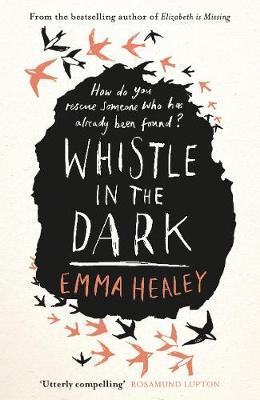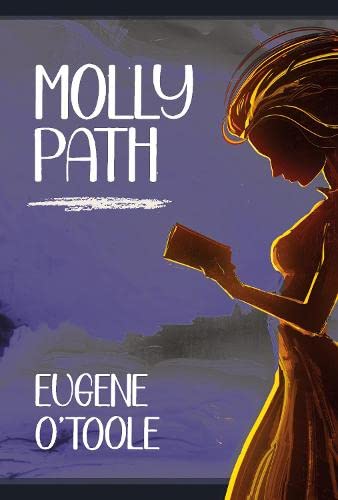The chapters move between the author’s personal memories of eel fishing and his father, and their relationship, to the history of the study of eels, the methods of farming and the possible threat of extinction. Each one holds interesting facts and anecdotes that help show why there is such fascination with the eel.
I admit that when I first tried to read this book I didn’t get very far. Not because it wasn’t interesting, more that I wasn’t in the mood for it. So it sat on my bookshelf for a while until I decided to pick it up again and I found I was in the mood to read it.
There is much to learn about the eel, which is has slid it’s way into vernacular speech and holds a certain gruesome appeal. The book lays out what is known about the life stages of the eel, it’s metamorphosis from larva to glass eel, from there to an elver and eventually to a fully grown eel, changing colour and shape as it develops. They can be long living, remaining hidden in lakes and rivers for years before making their way back to breed, the trigger for doing so still known only to them.
The European Eel has long since held a fascination with scientists and often creates curiosity and perhaps revulsion in people. Little is known about how they reproduce, with the last scientific suggestion being that adults return to the Sargasso sea to reproduce before dying. The life cycle of the eel has long since intrigued Patrik Svensson. In The Gospel of the Eels he traces back through the scientific endeavours to discover more about the animal, relating back to memories he has with his father and their eel fishing expeditions.
As Patrik Svensson concludes: ‘by writing about eels, I have in some ways found my way home again.’
Through the exploration of eels in literature (Günter Grass and Graham Swift feature, amongst others) and the history of science (we learn about Aristotle’s and Sigmund Freud’s complicated relationships with eels) as well as modern marine biology (Rachel Carson and others) we get to know this peculiar animal. In this exploration, we also learn about the human condition, life and death, through natural science and nature writing at its very best.
Publication date – 13 May 2021
What we do know is that eels and their mysterious lives captivate us.
Source – review copy
I can’t recall us ever talking about anything other than eels and how to best catch them, down there by the stream. Actually, I can’t remember us speaking at all. Maybe because we never did.
Recommended.
This is the basis for The Gospel of the Eels, Patrik Svensson’s quite unique natural science memoir; his ongoing fascination with this secretive fish, but also the equally perplexing and often murky relationship he shared with his father, whose only passion in life was fishing for this obscure creature.
The book looks into one the most elusive and unusual creatures, the European Eel. There is still little known today about the eel, it’s life cycle confounding scientists for centuries. The book looks at the history of those investigations, from Aristotle to the work still going on today. There are discussions on the history of eel fishing, on the declining numbers, which still seem to be declining despite recent conservation action.
And yet . . . There is still so much we don’t know about eels. No human has ever seen eels reproduce; no one can give a complete account of the eel’s metamorphoses or say why they are born and die in the Sargasso Sea; no human has even seen a mature eel in the Sargasso Sea. Ever. And now the eel is disappearing, and we don’t know exactly why.
Published by Picador
The European eel, Anguilla anguilla, is one of the strangest creatures nature ever created. Remarkably little is known about the eel, even today. What we do know is that it’s born as a tiny willow-leaf shaped larva in the Sargasso Sea, travels on the ocean currents toward the coasts of Europe – a journey of about four thousand miles that takes at least two years. Upon arrival, it transforms itself into a glass eel and then into a yellow eel before it wanders up into fresh water. It lives a solitary life, hiding from both light and science, for ten, twenty, fifty years, before migrating back to the sea in the autumn, morphing into a silver eel and swimming all the way back to the Sargasso Sea, where it breeds and dies.

If you like books that look at the animal kingdom, at history, science and the secrets that are still to be discovered about the other animals that reside on the planet with us then this book is for you. I found it extremely interesting a d thought-provoking,







